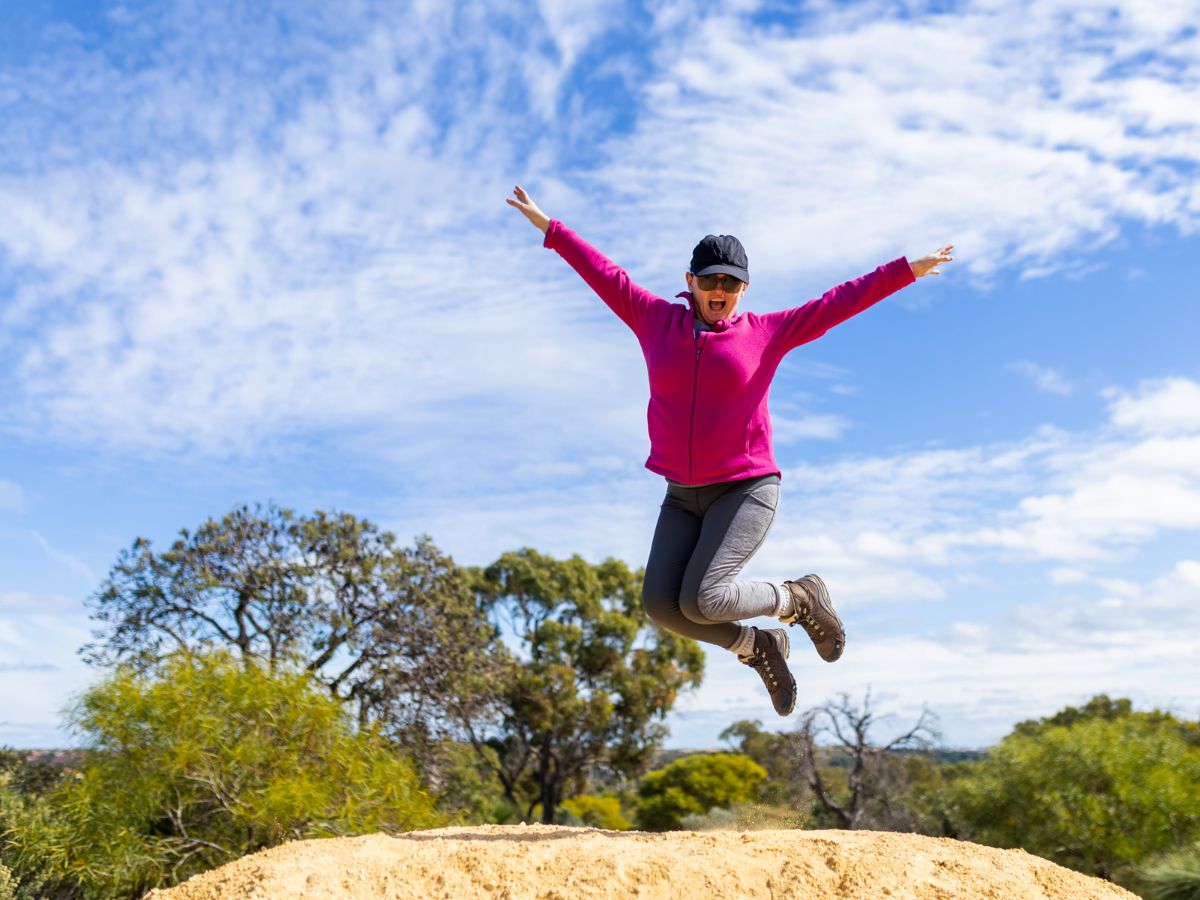Expert Advice from Personal Trainer and Hike Collective Company Owner, Kate Gibson
Hiking is more than just a recreational activity; it’s an opportunity to immerse yourself in nature, challenge your body, and explore stunning landscapes. However, a successful and enjoyable hiking experience goes beyond just picking a trail and setting off. To truly make the most of your hiking adventure, it’s crucial to prepare your body for the physical demands of the journey ahead. We sat down with Kate Gibson, a seasoned personal trainer and owner of a renowned hiking tour company, to gather insights on the exercises that can help hikers get ready to hit the trails with confidence.
The Importance of Physical Preparation
Kate Gibson, who has spent years guiding hikers through some of the most picturesque trails around Perth, emphasizes the significance of physical preparation. “Hiking involves a combination of endurance, strength, balance, and flexibility,” she explains. “By incorporating a well-rounded set of exercises into your routine, you can significantly enhance your hiking experience and reduce the risk of injuries.”
Exercises to Get You Hiking-Ready
Kate recommends a comprehensive approach to exercise that addresses various aspects of fitness. Here are some exercises she suggests to help aspiring hikers prepare for their adventures:
1. Cardiovascular Conditioning
Long hikes require cardiovascular endurance to keep you going for hours. Engage in activities such as brisk walking, jogging, cycling, or swimming to improve your heart and lung health. If you are looking to simply get started, then walking around the local park and utilising rivers edge footpaths to get some steps in is perfect. Kate advises, “Start with moderate-intensity workouts and gradually increase the duration and intensity to build your stamina.”
2. Leg Strength and Endurance
Hiking can involve steep inclines, descents, and uneven terrain. Strong and enduring leg muscles are essential. Kate recommends squats, lunges, step-ups, and calf raises. “These exercises target different leg muscles and prepare them for the varied challenges of hiking,” she notes.
3. Core Stability
Maintaining proper posture while carrying a backpack and navigating trails is crucial. Kate suggests planks, Russian twists, and leg raises to strengthen your core muscles. “A strong core enhances stability and reduces the risk of back pain during long hikes,” she adds.
4. Balance and Coordination
Uneven trails and obstacles demand good balance. Incorporate exercises like single-leg stands, yoga poses, and stability ball exercises to improve your balance and coordination. Kate says, “Practicing balance exercises helps prevent falls and gives you better control over your movements on the trail.”
5. Flexibility and Stretching
Flexible muscles are less prone to strains and injuries. Kate encourages hikers to include regular stretching in their routine. Focus on muscles used during hiking, such as hamstrings, quadriceps, calves, and hip flexors. Yoga can be an excellent addition to enhance flexibility and overall body awareness.
6. Cardio and Strength Combination
For a more advanced training approach, Kate suggests combining cardio and strength exercises. “Circuit training that alternates between cardio bursts and strength moves mimics the demands of hiking,” she explains. This approach enhances overall fitness and prepares you for the varying intensities of the trail.
Creating Your Hiking Fitness Plan
Before embarking on a hiking adventure, it’s advisable to consult with a medical professional, especially if you have any underlying health concerns. Once you have the green light, Kate recommends tailoring your exercise routine to match the specific challenges of your chosen trail. “If you’ll be hiking uphill a lot, focus on uphill treadmill walking or stair climbing. If downhill sections are prominent, include exercises that strengthen your quads and knees.”
Remember that consistency is key. Start your training well in advance of your hiking trip to give your body sufficient time to adapt and progress gradually. And, just as importantly, don’t forget to stay hydrated, maintain a balanced diet, and get enough rest.
The Reward of Preparedness
As you work through your fitness routine and build your hiking readiness, keep in mind the incredible experiences that await you on the trails. Kate’s expert advice serves as a valuable guide to ensure that you not only reach your hiking destination but also fully enjoy every step of the journey. By investing in your physical preparation, you’re not only reducing the risk of injury but also setting the stage for unforgettable outdoor experiences.
So, lace up your hiking boots, pack your backpack, and start incorporating these exercises into your routine. Your next hiking adventure will be an incredible testament to the power of preparation and the beauty of the natural world.



